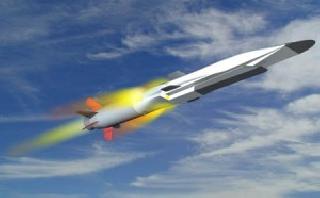
An unrelated photo of Boeing Phantom Works' X-51A WaveRider
LOS ANGELES (AP): Experimental unmanned rockets being developed by California and Texas firms will make tests flights to the edge of space this fall and winter under a NASA funding plan.
Masten Space Systems of Mojave, California, and Armadillo Aerospace of Rockwall, Texas, were awarded a total of USD 475,000 by NASA's Commercial Reusable Suborbital Research Program, the space agency said Monday.
The two companies are among an elite group of private spaceflight entrepreneurs that are not as well-known as the marquee programs being developed for Sir Richard Branson's Virgin Galactic space tourism company at Mojave, and SpaceX, the Hawthorne, California, company seeking to become NASA's choice for space station supply missions.
NASA wants the flights to demonstrate capabilities of the Masten and Armadillo vehicles to carry small payloads to what it terms
"near-space" - altitudes between 20,000 metres and 106,000 metres.
The program is seeking dependable rocket systems that can fly at reasonable cost while safely returning payloads to the ground.
Masten's president and chief executive officer, David Masten, said he hopes the contract is a bellwether of a long association
with NASA.
"This means we've got a nice wonderful start," he said.
Masten will use a modified version of a vertical-takeoff-and-landing rocket it used last year to win a USD 1 million contest as it attempts to simulate a lunar landing by taking off from a pad, flying horizontally to land on another pad then taking off again to return to the starting point.
Masten's craft will make two flights late this year and two early next year from Mojave Air & Spaceport in the high desert north of Los Angeles. Two are planned to reach altitudes about three miles high and two will go to about 29 kilometers high, NASA said.
The latter flights will lift off slowly and then go to full throttle, Masten said.
"We'll go up to one-third of the way up, shut off the engine and coast the rest of the way up," he said.
As it starts coming back down, drag flaps will be deployed to keep the rocket oriented properly and to steer it back over the landing pad. The rocket will then re-ignite to slow it down for landing, he said.
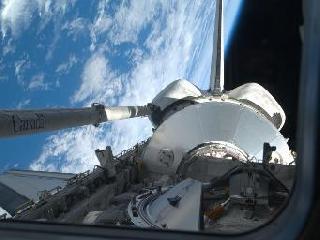 Previous Article
Previous Article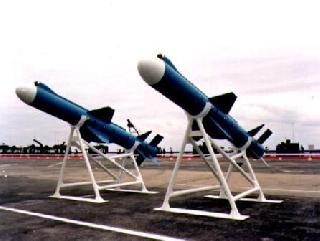 Next Article
Next Article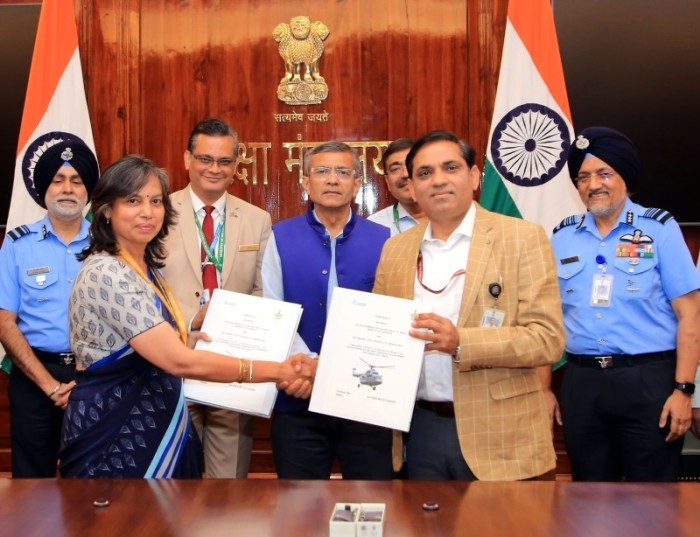

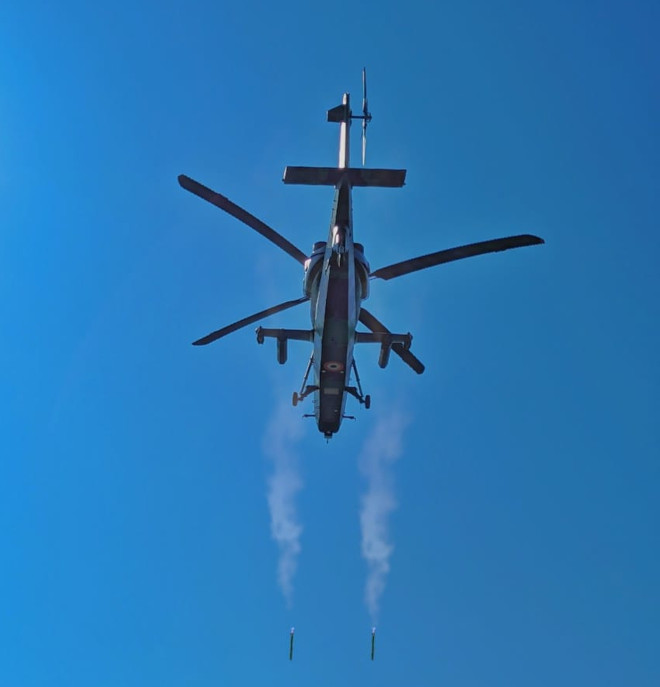
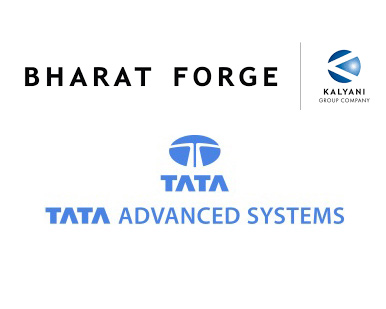









The Indian Air Force, in its flight trials evaluation report submitted before the Defence Ministry l..
view articleAn insight into the Medium Multi-Role Combat Aircraft competition...
view articleSky enthusiasts can now spot the International Space Station (ISS) commanded by Indian-American astr..
view article